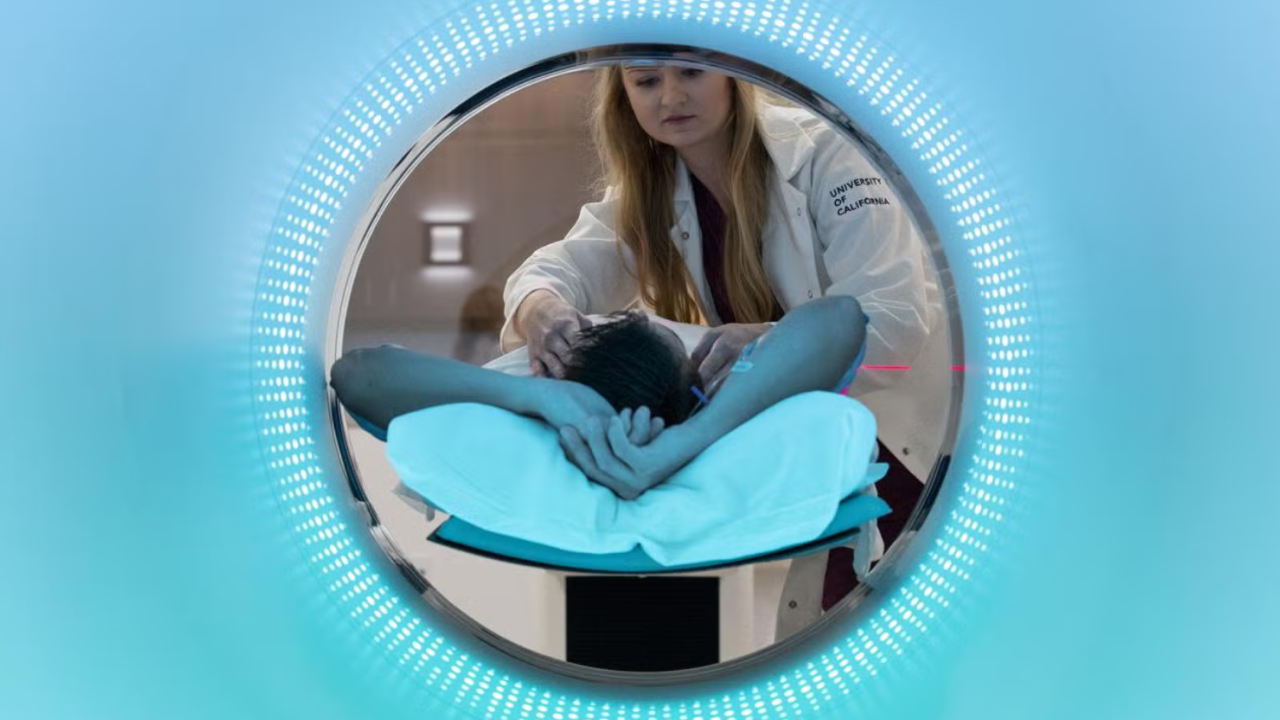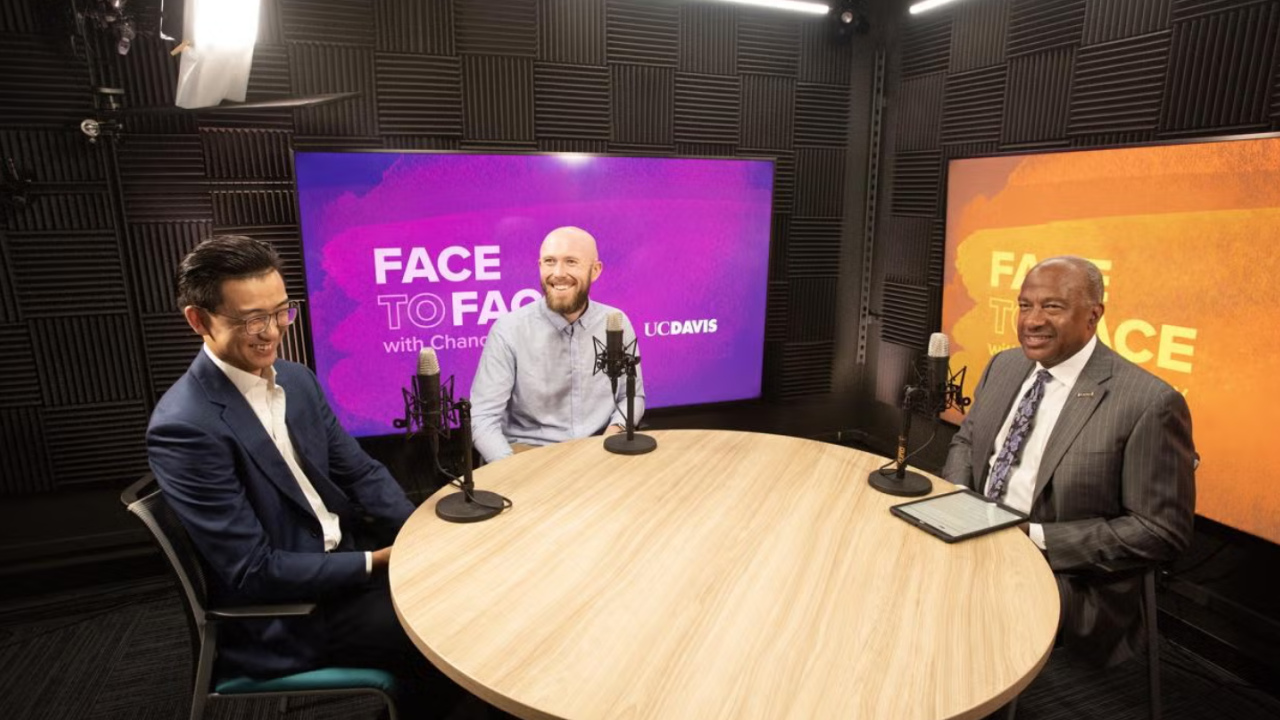Finding Her Stride: How Nature and Endurance Fuel a Biomedical Engineer’s Journey
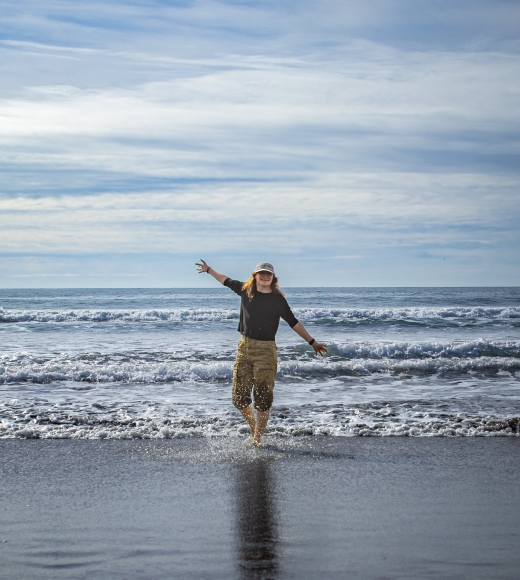
Meet Abigail Humphries, an endurance athlete and master’s student studying biomedical engineering whose ties with the University of California, Davis, have lasted over 20 years.
As a newborn, Humphries was treated for spina bifida, a spinal cord development condition, at UC Davis Medical Center. As a student at UC Davis, she has spent much of her academic career researching to understand and treat the condition. When Humphries is not busy in the lab, she’s an avid hiker and endurance athlete participating in epic challenges like Ironman 70.3 triathlons and Canyons Endurance Runs.
As she prepares to graduate this quarter, Humphries reflects on the ties between her passions and her work. For her, being active outdoors is beneficial to gathering ideas and reaffirming the purpose of her research.
“I don’t think I can go a week without being in nature. It helps you just connect with the world around you and remind you why you’re doing everything that you’re doing.”
Full Circle Research
For 5-year-old Humphries, early experiences with doctor’s appointments, prescriptions and surgeries prompted an interest in working in healthcare.
“When I was younger, it felt like the end of the world. It felt like it was going to define the rest of my life. For whatever I did, I would be disabled first, and I would be me second,” said Humphries. “It’s changed a lot over the years, and part of that is due to advances in medical care.”
Every summer from 11 to 17 years old, Humphries would participate in the Youth Rally summer camp program, devoted to creating community, providing resources and building confidence for kids with disabilities like spina bifida. This camp was held on university campuses and gave her and the other kids an experience similar to independent living in campus dormitories and affirmed her ability and passion to pursue higher education.
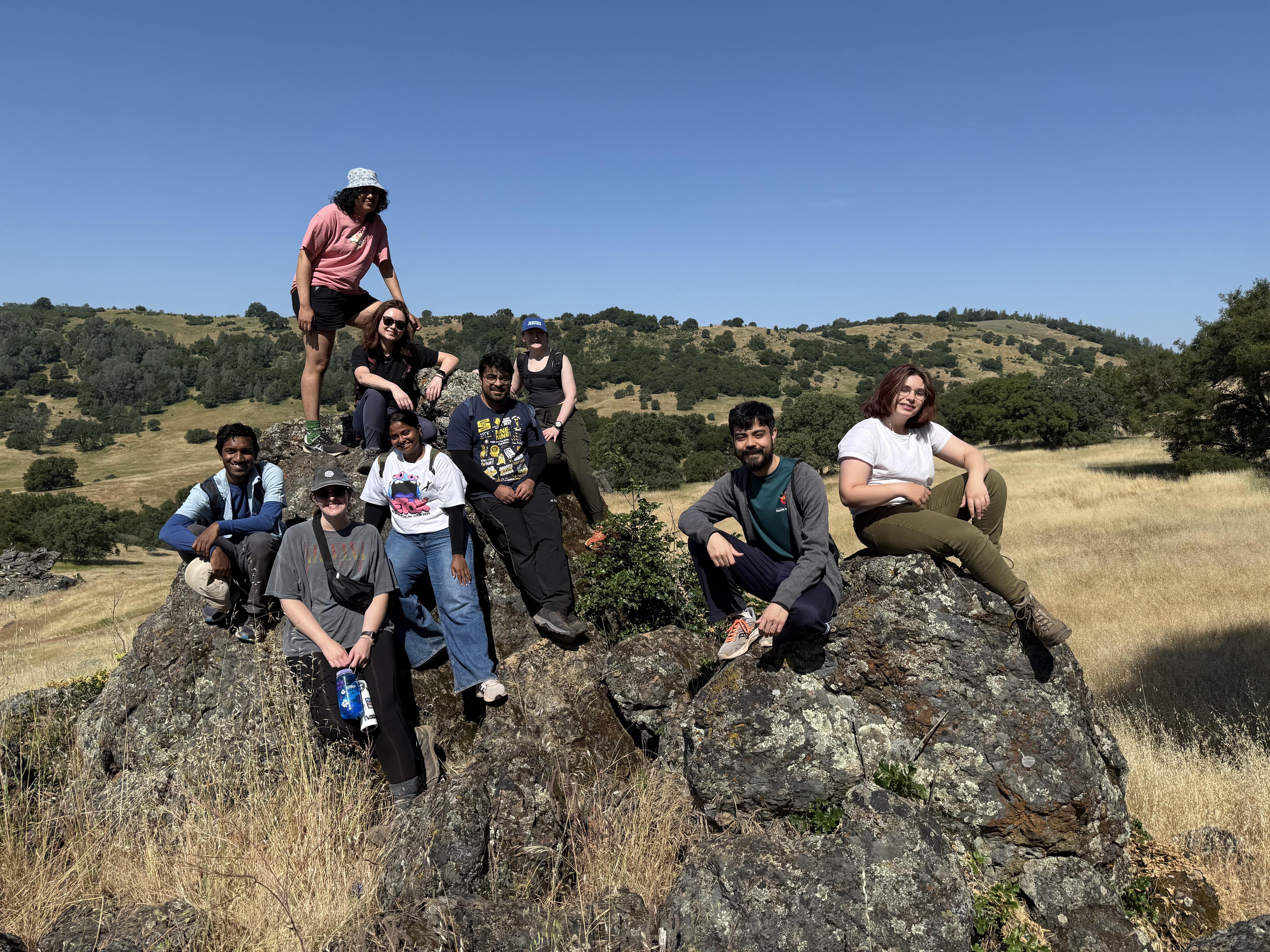
“I grew up seeing a wide range of disabilities, and [the camp] kind of put in perspective something larger than myself,” said Humphries. “I was born with spina bifida, but I’m also in a position to be able to get an education and do research.”
Choosing to study at UC Davis was a no-brainer. Not only did she receive treatments for spina bifida at the UC Davis Medical Center in conjunction with Shriners Children’s Northern California, but Davis is also close to her hometown of Auburn and her family.
Humphries did her undergraduate research in genetics, but she gravitated toward the Department of Biomedical Engineering, where the foundational coursework, the community and interest in learning more about the mechanics behind diseases propelled her to graduate studies in the field.
Humphries credits being chair of the undergraduate subcommittee of the department’s Health, Equity, and Wellness Committee with helping her find where she fit. In her role, she got to know a lot of graduate students and faculty, familiarizing herself with the program, resources and community.
“UC Davis is special because there’s such a collaborative environment,” said Humphries. “Everyone here wants you to succeed, wants you to be the best version of yourself both in and outside of the lab and academia.”
Running into Ideas
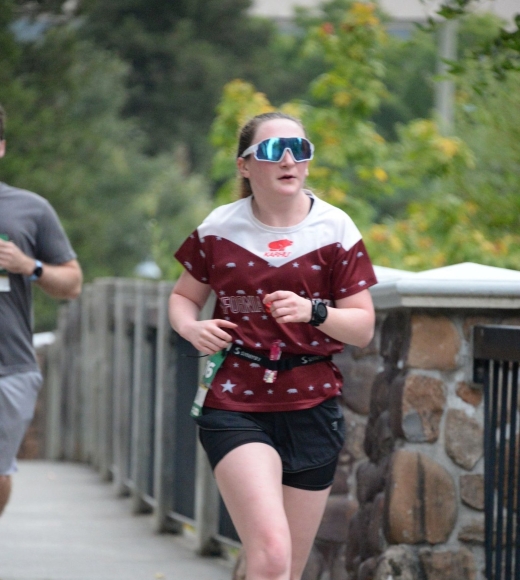
Humphries’s version of pursuing her best outside-of-the-lab self? Being a triathlete. Humphries has been competing in endurance races consisting of biking, swimming and running since 2023. She is currently set to run in the California International Marathon in December.
Her passion for triathlons extends into participating in extracurricular activities and service. Humphries volunteers for Total Body Fitness out of Folsom, CA, a company that hosts sprint and Olympic-distance triathlons, trail runs and mountain biking races and trains athletes in all these disciplines.
Humphries is set to finish her master’s thesis during spring 2025. Her busy research schedule has made it more difficult for Humphries to find time to dedicate to her training, but she has found other outlets to combine her active self with her studies. Not only does Humphries compete in triathlons, but she is also an avid hiker.
Humphries has hiked all over Northern California and Oregon. The trails in the American River Canyon throughout Folsom and Auburn, especially the Black Hole of Calcutta Falls, hold a special place in her heart because it’s where she grew up trail running. The Marin Headlands has also become a recent favorite place to hike for Humphries because it’s near the Nike Missile Site and Fort Cronkhite, retired coastal artillery defense sites in the San Francisco Bay. (Humphries is a U.S. history buff and minored in history as an undergraduate.)

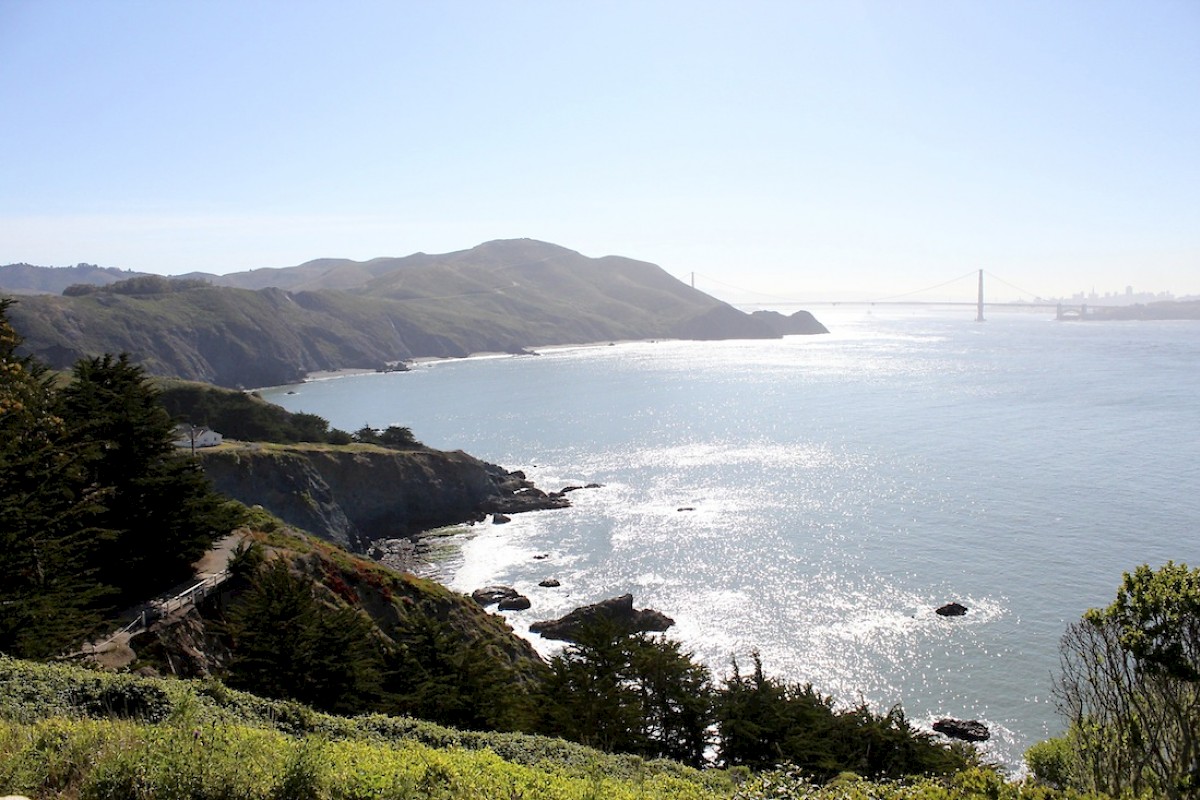
Humphries is also co-chair of BESA Health, a subgroup of the UC Davis Biomedical Engineering Student Association that focuses on supporting graduate students by leading health and well-being initiatives. Most recently, she organized a hike to Cronan Ranch Regional Trail Park for her graduate student community.
“Hiking is very meditative, and I enjoy it because it carves out time to be with people that I care about,” said Humphries. “And sometimes that does come with the exchanging of ideas and problem solving, and it does actually help your research, or you can get someone else’s perspective.”
Take that Hike
For the past two years in her research, Humphries has been working with liposomes and extracellular vesicles, lipid membrane-bound sacs capable of carrying cargo for therapeutic treatments. Specifically, she has been loading a drug called 7,8-DHF into these carriers, which has been documented to have positive effects on disorders of the central nervous system where neurons may be damaged, like spina bifida.
Humphries’ eventual goal is to make a universal and faster therapeutics using liposomes and extracellular vesicles rather than cellular therapies, which require tissue samples and growing out cells from patients.
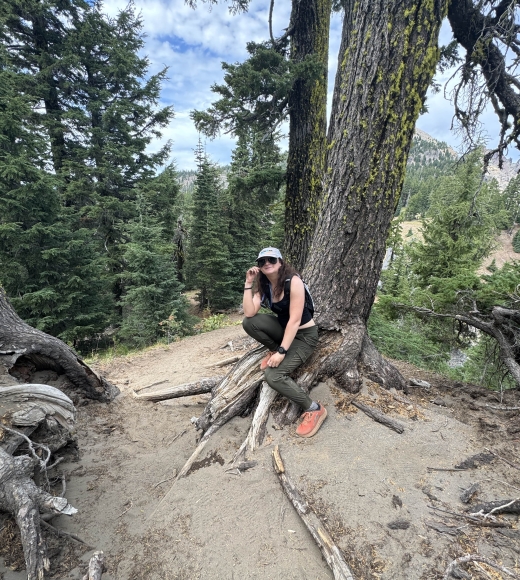
“My hope is that, if anything, my research gives another set of data to prove that drug loading of liposomes is possible and may be useful in the future of medicine,” said Humphries. “I really hope I see this research being implemented in the early intervention of neural tube defects like spina bifida.”
Humphries’ hobbies of hiking and being a triathlete have been influential to her physical and mental health and realizing her hopes in her research. Hiking the trails near Davis, like Stebbins Cold Canyon or the Marin Headlands, can clear the mind, transform the approach of asking questions, and generate new ideas.
“You need something you like. It doesn’t matter what your job is,” said Humphries. “You need something that’s outside to help you connect with the world around you, reminding you that there are other things besides the lab. We’re all people outside of research as well.”

